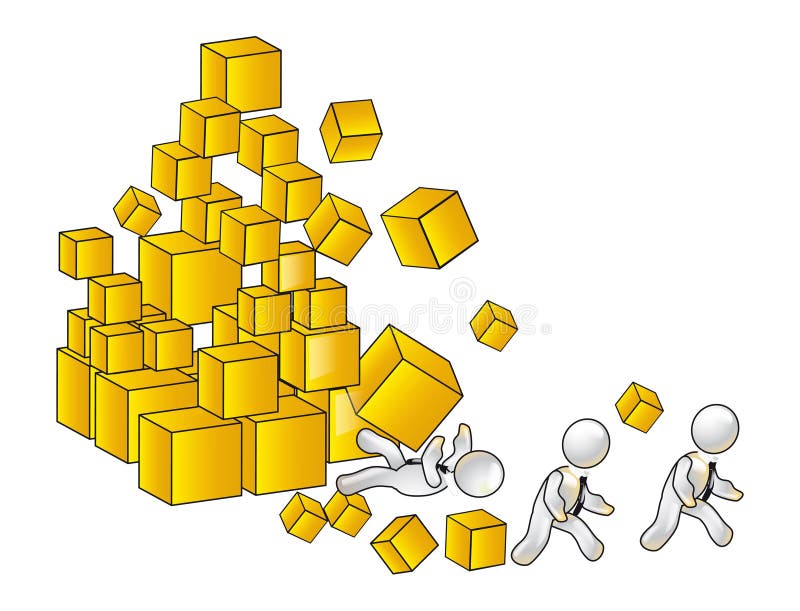

This module invites an intensive study of the 1934 Pacific Coast waterfront strike and the documentary record it produced as a way to explore the broader social, political, economic, and cultural tensions of the New Deal era. Was the Revolution at hand? Was Roosevelt to blame? Where would this labor upsurge lead? Objectives For two and a half months they battled bosses, "goons", police, red-baiters, and the National Guard, sparking an extraordinary four-day general, or sympathy, strike of all workers in San Francisco. Shippers tried to bring in non-union workers, but the strikers fought back. They objected to the dreaded "shape up," where kickbacks and favoritism determined who got work to "speed ups" that made accidents and injuries common occurrences to brutal shifts that lasted twelve, twenty-four, and even thirty-six hours for no extra pay and to the phony company union that permitted these abuses. On May 9, 1934, 32,000 dockworkers in San Francisco, Los Angeles, Portland, Seattle, and other ports refused to load and unload ships under hiring and job conditions they deemed intolerable. This was the backdrop of a monumental showdown between ship owners and longshoremen on the West Coast.
LABOR STRIFE. DRIVERS
They waged murderous campaigns against farm workers in California, autoworkers in Toledo, truck drivers in Minneapolis, and textile workers throughout the country. The Act was part of President Franklin Roosevelt's liberal New Deal policies, but many employers saw it as a step toward Communism and brazenly resisted it. They were emboldened by Section 7(a) of the National Industrial Recovery Act, which guaranteed workers the right to form unions and bargain collectively over wages, hours, and conditions. A million and a half workers took part in some two thousand strikes that year. Although union activity usually grinds to a halt during periods of mass unemployment, picket lines were as common as bread lines in 1934.


 0 kommentar(er)
0 kommentar(er)
